My experience at Shining Star was unbelievable, and I will cherish the opportunity to have spent three weeks with an amazing group of boys and girls! Firstly, the adults at Shining Star, Julie, Jingxia and her husband, the ayis, and all visiting therapists/volunteers do an absolutely wonderful job to create this loving and caring environment for the children. My time at the residential home has allowed me to work with both “typically” developing children, as well as children with a wide range of disabilities. I was able to play dinosaur games and build Lego with some of the fully functioning children, but I was also able to go on walks, play music for, and simply hold hands with boys and girls who were learning these basic functions. In the process, I went on an “outing” to a giant playground, observed therapies, and accompanied some of the children on a trip to Shanghai United Family Hospital to visit a world-class neurologist.
A few of my best memories from my time at Shining Star are as follows: On my first day, one of the other workers at the home asked some of the fully functioning children what they’d like to call me. When they couldn’t pronounce “Philip”, one child announced he would call me “gege” (older brother), and that stuck! One boy, Tom, who is blind and has minor learning disabilities, and is the only English speaker, immediately attached to me and asked me to do therapy with him. We became close friends with him somehow guessing where I was from with the hint, “I am from the biggest city in the USA”. New Jersey was the correct answer, although it is certainly not the biggest city in the USA! I promised him I would write him letters in the future. Lastly, I formed the closest bond with LeiLei, a 5 or 6 year old boy who appeared severely disabled. Upon seeing the neurologist, I realized that many of his problems, aside from blindness, are a result of his lack of stimulation and malnutrition prior to arriving at Shining Star. LeiLei attached to me every time I came through the door, wanting to be carried or held constantly. We would go hours hugging, without any words shared, but I could always feel the close bond we were creating. It was quite difficult saying good-bye to the children, but I look forward to receiving updates on their well-being, and hopefully to see the boys and girls again next year!
Philip Pikus interned at LIH Olivia’s Place and volunteered at Shining Star during the summer of 2016. He is studying Biology and Chinese at Bowdoin College (US) and plans to graduate in 2019.
Shining Star is a non-governmental organization (NGO) which provides foster care for visually impaired orphans in Shanghai. Shining Star opened in June 2012 and is part of Mifan Mama, a charity group that provides food, clothing, educational support, medical support and equipment to orphanages throughout China. Shining Star is a residential home for blind and partially sighted orphans. The foster home creates individualized development plans for the children and offers 1:1 and group care. They also collaborate with local and international hospitals to help provide eye and heart surgeries for some of the children. A team of specialists from LIH Olivia’s Place, including physical, occupational and speech therapists, support the children and caregivers weekly.







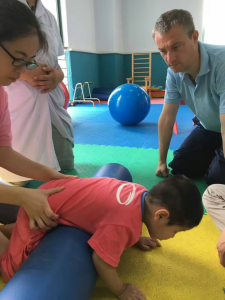


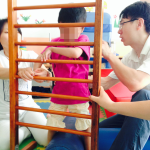
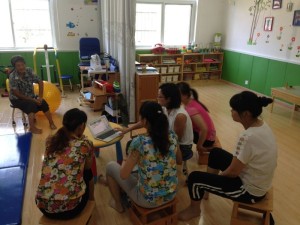
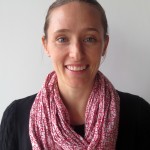
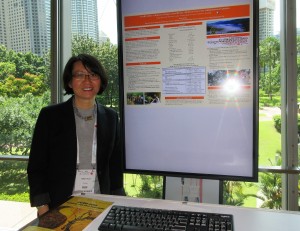
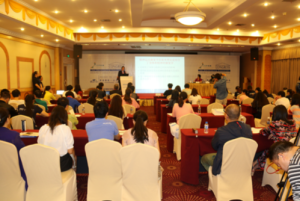

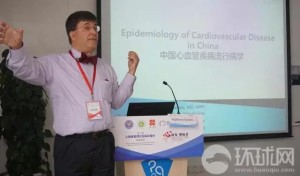
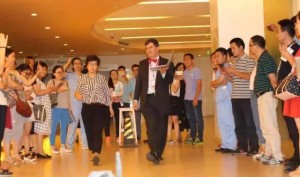
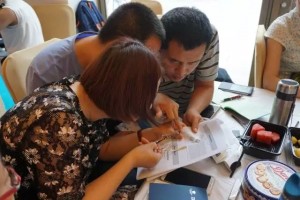
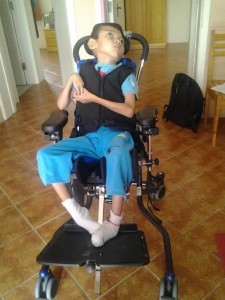

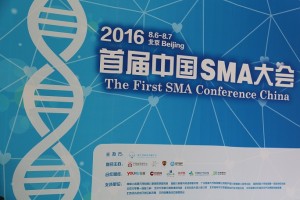
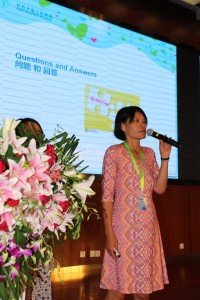
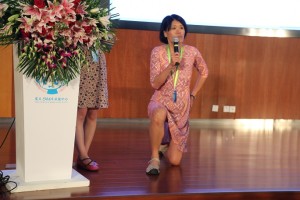

 s functional presentation was very well-received by conference participants, and the Q&A session spilled over its allotted time, as many parents sought out Eva’s expertise on specific challenges their children are facing.
s functional presentation was very well-received by conference participants, and the Q&A session spilled over its allotted time, as many parents sought out Eva’s expertise on specific challenges their children are facing.